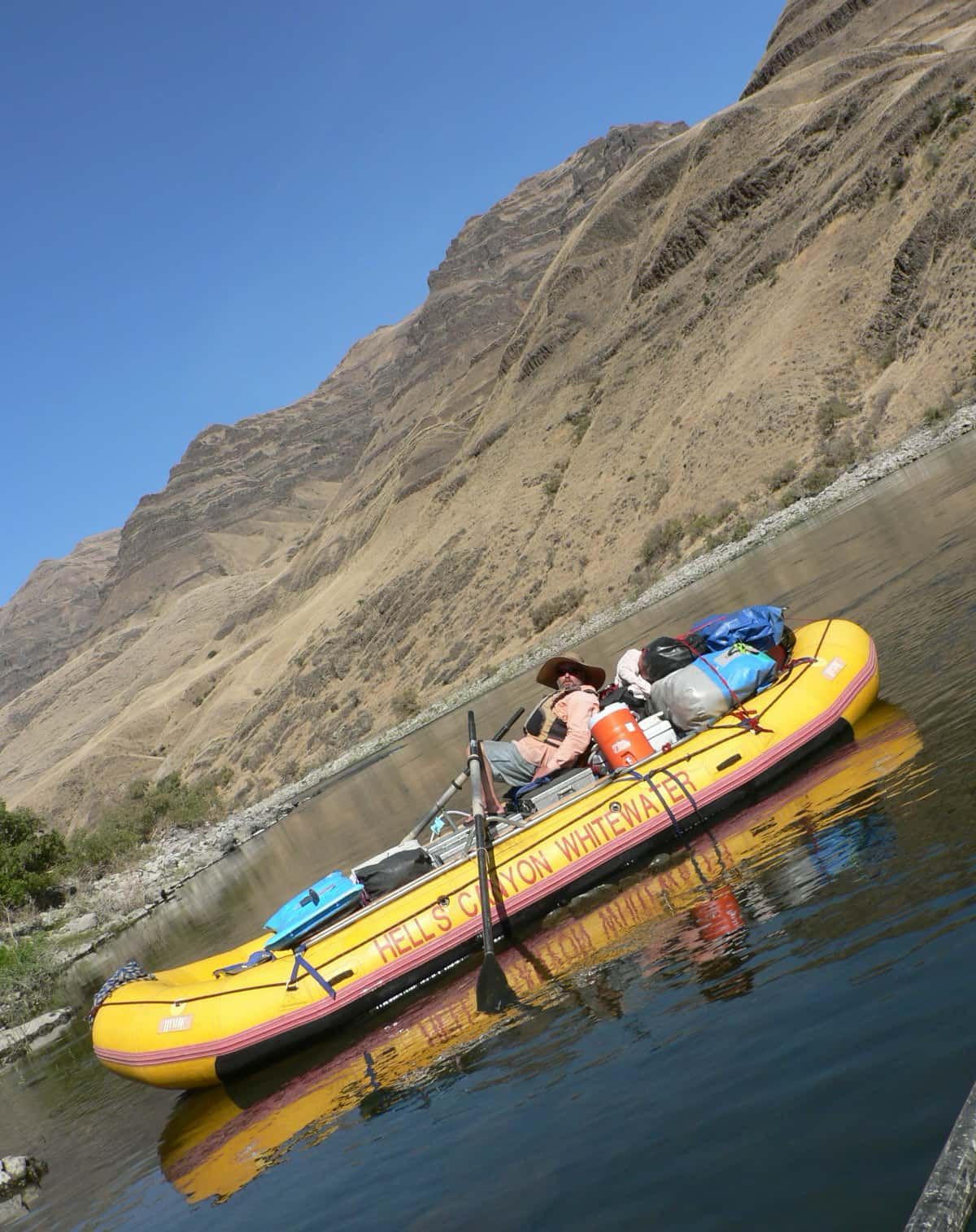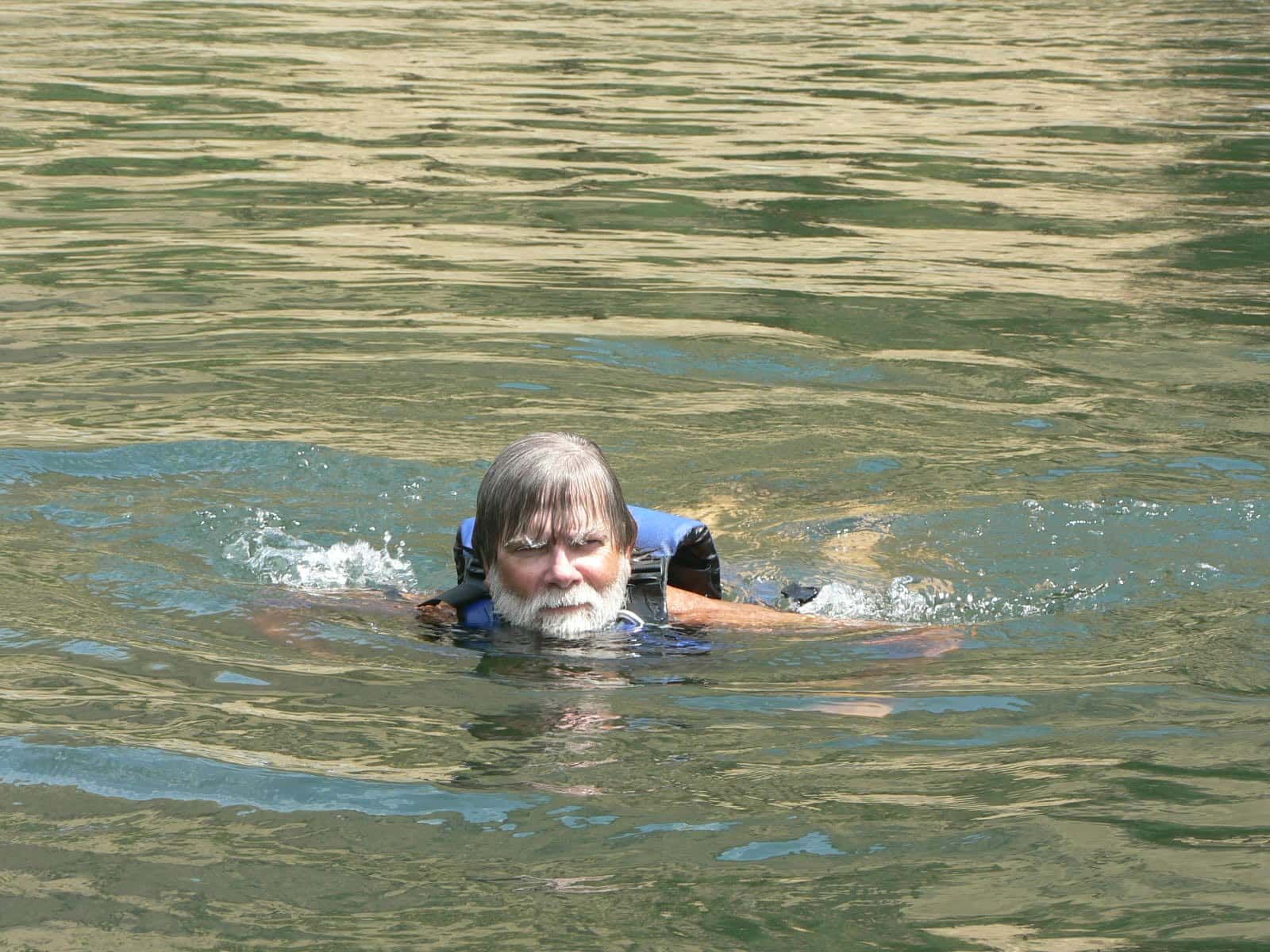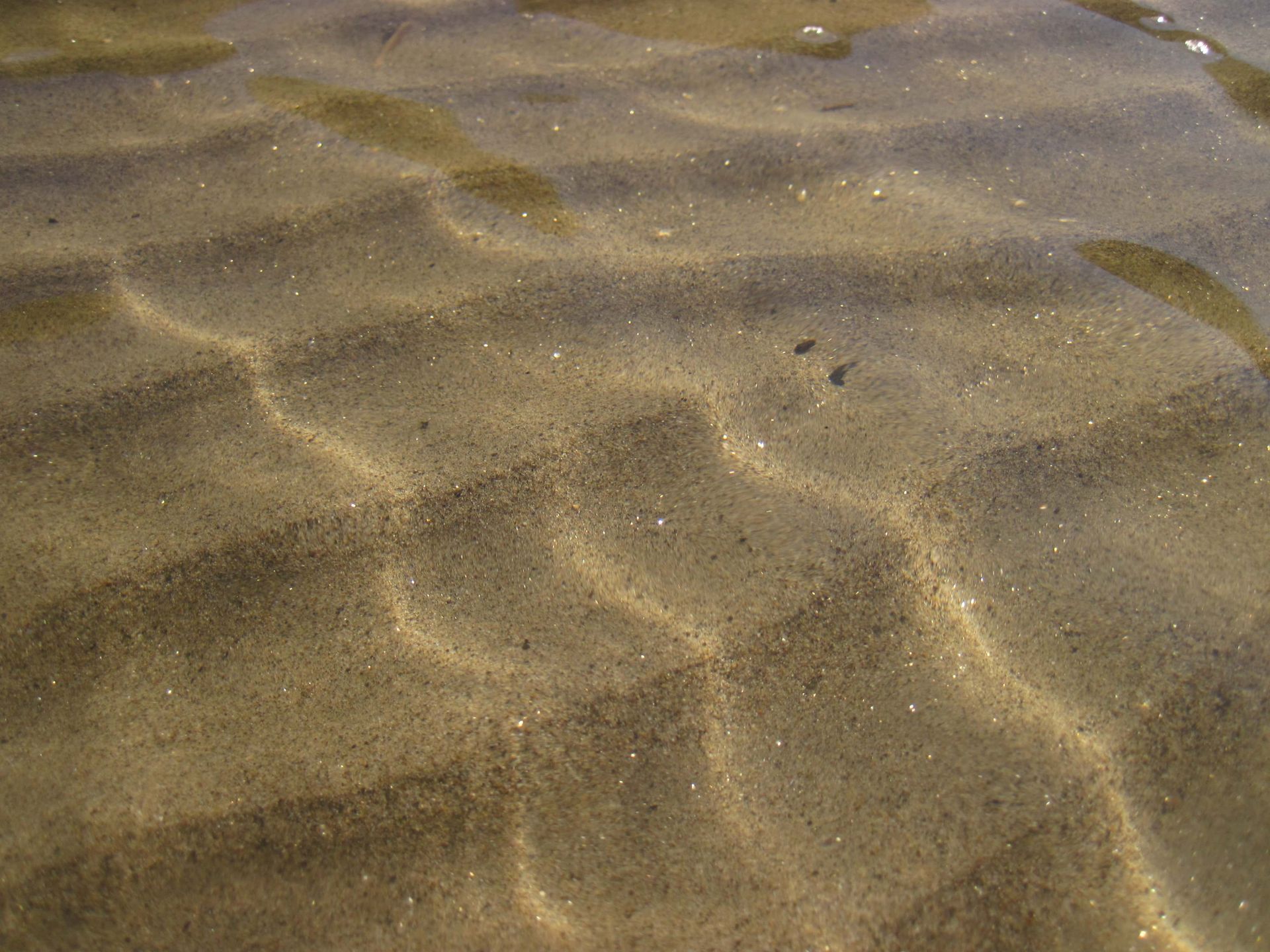How Deep The River Is Right Here
How deep is the river right here? is the #1 most frequently asked question I’ve had in eight years of helping run river trips. I thought it might be helpful to answer it now once and for all, as we settle into the starting blocks for the 2015 river season. If you’re not in the mood for the brass tacks and technical jargon about to go down on explaining this age-old mystery, I’ll spare you and [Spoiler Alert] just cut to the chase right here. The answers are: 16 feet 4 inches, 12 feet 8 1/2 inches and 7 feet 2 inches, respectively.
Key Takeaways
- River depth constantly changes — factors like rainfall, snowmelt, and dam releases affect how deep rivers like the Snake, Salmon, and Grande Ronde run at any given time.
- Cubic feet per second (CFS) is the key metric used to measure river flow, showing how much water passes a point per second — a crucial detail for rafters and guides planning safe trips.
- Controlled vs. natural flow — while the Snake River’s depth depends on dam regulation, the Salmon and Grande Ronde fluctuate naturally with weather and snowmelt conditions.
- Depth varies by river section — calm pools are typically deeper, while rapids or “drop” sections are shallower, shaping both the challenge and excitement of river rafting.
- At the time of measurement — average depths were approximately 16 feet for the Snake, 12 feet for the Salmon, and 7 feet for the Grande Ronde, offering a fun baseline for curious river-goers.
We have three main squeezes on our dance card at Winding Waters River Expeditions. The Snake River in Hells Canyon, Lower Salmon and Grande Ronde rivers. Those last two both join up with Team Snake in Hells Canyon.
How much liquid is in a river is most often reckoned by cubic feet per second. Cfs. The section of Snake we run is below Hells Canyon Dam. Different amounts of water are allowed to squirt out the dam. On an average summer day in Hells, the cfs might range from, say, 9,000 up to 18-thousand. It depends. Sometimes it’s a pretty regular schedule of up and down. But it can also change in what hydrologists refer to as a jiffy. This here photo shows a boat next to the bathtub ring in Hells Canyon, for an idea of what the different levels can be.
Here’s what it looks like from the top of the concrete spigot at Hells Canyon Dam.
The Salmon does not have someone opening and closing a big valve to control the water, but the ol’ Salmon can jump right up because of rainstorms, warm weather speeding up snowmelt, stuff like that. Same for the Grande Ronde, but the GR does have opposable thumbs at work on the flow because of irrigation water being diverted into all the weed farms popping up after passage of the Cheech & Chong ballot measure last year.
Here’s another ingredient in the recipe of knowing how deep the river is right here. Pool and drop. That’s the thing where a stream goes along for a while — doot-dee-doo — then there’s some rapids. Rar! Quiet time, then whitewater time. Tranquil then rowdy. The rapids are not very deepish. The big calm spots are more deeper. ‘Deepish’ and ‘more deeper’ are science-y terms, but I warned you this would be getting technical. Here’s Morgan bracing himself as he goes into one of the ‘drop’ sections.
Pioneering hip hop artist and Greek philospher Heraclitus is kind of a big deal for pointing out that you can’t step into the same river twice. I mean, you can, technically. I do it all the time. But also technically, he’s right and the fundamental characteristic of the cosmos is change. Or whatever.
What this means for a river guide is that you can scuba dive to the bottom of a spot in the river, take careful measurements and the number you come up with for depth will probably be pretty different the next time you float over the same place. Here’s guide Mike Baird after diving down to check the depth.
OK. With all that in mind, I’ve explained all this in the past, the person who asked has nodded and said, Huh. Then followed up with: So . . . how deep is it right here then?
The Snake River is 16 feet 4 inches deep. The Salmon is 12 feet 8 1/2 inches. And the Grande Ronde is 7 feet 2 inches. It’s different in other places, but right here that’s how deep they are.
I hope this contributes to the overall enjoyment of your trip in Hells Canyon, on the Lower Salmon and the Grande Ronde this river season. Stay tuned for more insider information on river life, as we explore the chemistry of what goes into Riveritas and other fun topics.
See you on the river.
Frequently Asked Questions
Here are some common questions about river depth and flow, inspired by insights from Winding Waters River Expeditions.
How deep is the river right here?
It depends on which river you’re on and when you ask. On average, the Snake River in Hells Canyon is about 16 feet 4 inches deep, the Salmon River is roughly 12 feet 8½ inches, and the Grande Ronde averages around 7 feet 2 inches — though these levels can change daily.
What determines how deep a river is?
River depth is influenced by water flow, rainfall, snowmelt, and dam releases. Controlled rivers like the Snake are affected by water released from Hells Canyon Dam, while free-flowing rivers like the Salmon and Grande Ronde respond naturally to weather and seasonal changes.
What does “cubic feet per second” (cfs) mean?
Cfs measures how much water passes a point in the river each second. A higher cfs means more water and typically a deeper, faster-flowing river. For example, Hells Canyon might range from 9,000 to 18,000 cfs during summer, depending on dam releases.
Why does river depth change so often?
Rivers are constantly changing due to weather, dam management, and seasonal melt. A rainstorm or warm spell can raise levels quickly, while dry spells lower them. Even in the same spot, the depth can vary from day to day or hour to hour.
Are rapids deeper or shallower than calm parts of a river?
Rapids are usually shallower because the water flows over rocks and uneven terrain, creating turbulence. The calm “pool” sections between rapids tend to be much deeper, offering slower currents and smoother surfaces.
Can you measure river depth accurately?
Yes, but it’s always a snapshot in time. Even if you measure a depth with precision, it can change quickly with the flow. That’s why river guides joke that the most accurate answer to “How deep is it right here?” is “It depends.”
What’s the difference between a dam-controlled and a natural river?
A dam-controlled river, like the Snake below Hells Canyon Dam, has regulated flows that can rise or fall according to scheduled water releases. Natural rivers, like the Salmon and Grande Ronde, depend on precipitation, snowmelt, and local conditions without human control.
Why does river depth matter for rafting?
Depth affects the river’s speed, safety, and how rapids form. Higher water can make rapids smoother and faster, while low water exposes more rocks and obstacles. Knowing depth helps guides plan safe and enjoyable trips for everyone.
Can you ever step into the same river twice?
Philosophically speaking — not really. As Heraclitus said, everything changes. Even if you wade into the same river spot, the water flowing around you is new, and conditions like flow, temperature, and depth are constantly shifting.
How can I check river conditions before a trip?
You can monitor current flows and depths through local river gauges, weather updates, or by contacting outfitters like Winding Waters River Expeditions. They track real-time data and can tell you what to expect before you head out.
The post How Deep The River Is Right Here appeared first on Winding Waters River Expeditions.










